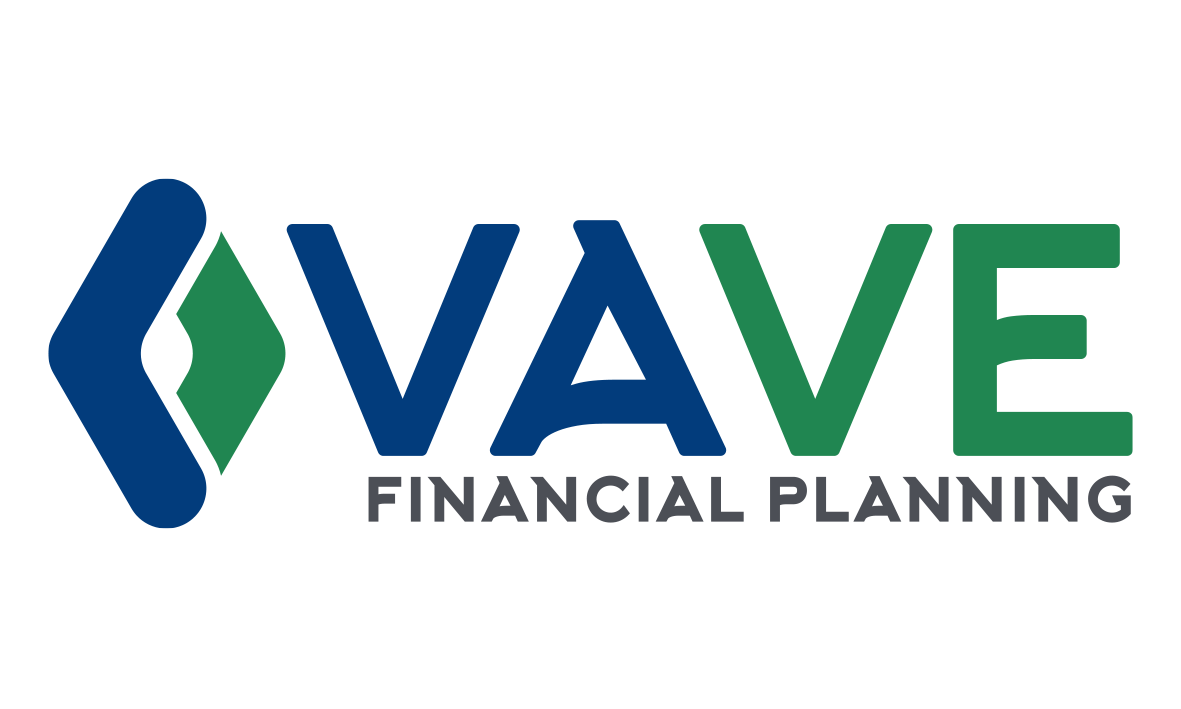Budgeting....possibly one of the most daunting tasks that everyone knows they should do.....Here are some tips on how to take the very first step to budgeting, knowing how much you spend.
What are your current lifestyle expenses?
Determining your lifestyle expenses is not a budgeting make-work project. It's a crucial step for identifying your cash flow situation and creating retirement projections. (See my VAVE Client Expenses template to help work out your lifestyle expenses on a monthly and yearly basis.) I know it can be difficult to gather spending information and make tangible sense of out it. We often feel that so many items are variable and complex. Consider some of the suggestions below on how you can simplify your spending information so it's easier to understand, and ultimately control.
Identify regular expenses:
To determine regular expenses, look back at 3 months of credit card expenses and bank transactions. A 3-month period is generally a good snapshot of how much you spend on recurring regular expenses such as groceries, dining out, cell phone, etc. Don't forget to include the things you regularly pay for using cash. If you can't remember what you use cash for, track your ATM withdrawals and go from there.
Quantify long-term non-regular expenses:
Often, there are line items that are not recurring, or seem to be "special cases". These items cause some difficulty in figuring out what yearly or monthly amount you should use. Think of expenses such as car maintenance, home maintenance, or future renovations. Here's how to calculate "special items" as "regular expenses":
- Determine the cost of the item, or how much it would cost to replace it.
- Estimate the "useful life" of the item.
- Spread the cost over a yearly or monthly basis.
Here's an example applied to Home Maintenance:
Home Maintenance:
- Roof: Cost $10,000, useful life 15 years = $667 per year
- Windows: $2,000, useful life 15 years = $133 per year
- Large Appliances (fridge, oven, dishwasher, laundry): $4,000, useful life 10 years = $400 per year
- Home repairs (driveway, leaks, paint, etc..): Estimate $200 per year
- Furnace/Air Conditioner: $5,000 useful life 15 years = $333 per year
Total Home Maintenance= $1,733 per year or $144 per month.
This exercise not only allows for you to capture the average monthly expenditure, but also gives you an indication of how much each item costs over the long term. This is useful in determining how much you should be putting away in a savings account to accommodate for any rare but major expenses. For example, if you are putting away $667 per year towards a 'future roof fund', then when it comes time for you to replace your roof for $10,000, you will have the money ready and saved. No panic necessary.
Quantify short-term non-regular expenses:
For short-term non-recurring expenses such as vacations, entertainment or kids activities, one strategy is to estimate likely expenses within a 1-2 year period and then, like the large items above, divide it out to find a monthly amount. Below is an example applied to Children's Activities:
Children Activities:
In 2016, our kids activities included:
- Swimming: $400
- Gymnastics: $1,300
- Soccer: $400
- Summer camp: $600
- Music class: $2,000
Total Children Activities: $4,700 or $392 per month
Summary
Once you determine your current lifestyle expenses, you will have the key baseline for creating a budget. You can create your budget by taking your lifestyle numbers item by item and estimating whether you might be spending more or less over the next year or so. The key to creating a budget is knowing your lifestyle expenses.........And knowing is half the battle!

